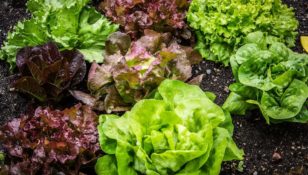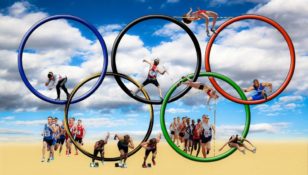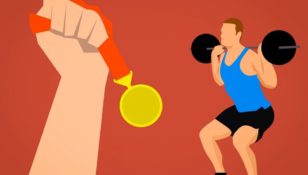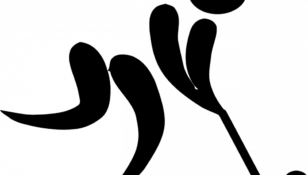Cristiano Ronaldo Diet: A Comprehensive Guide to Fueling Excellence

Introduction ()
Cristiano Ronaldo is known for his exceptional skills on the football field, but his dedication to maintaining a high-performance diet has played a significant role in his success. In this article, we will delve into the intricacies of the Cristiano Ronaldo diet, exploring its different variations, popular choices, and quantitative measurements. We will also discuss how these diets differ from one another and provide a historical analysis of the advantages and disadvantages associated with each. So, let’s embark on a journey into the world of Cristiano Ronaldo’s eating habits.
Overview of the Cristiano Ronaldo Diet

The Cristiano Ronaldo diet is a meticulously crafted nutritional plan designed to optimize performance and enhance overall well-being. Ronaldo has always emphasized the importance of maintaining a healthy lifestyle, both on and off the pitch. His diet revolves around consuming whole and unprocessed foods while strictly avoiding processed sugars and unhealthy fats. The primary focus is on nutritious meals that provide sustained energy throughout the day, allowing Ronaldo to perform at his best. By adhering to this diet, he can maximize his physical capabilities and achieve peak performance.
Comprehensive Presentation of the Cristiano Ronaldo Diet
The Cristiano Ronaldo diet offers several options to cater to different dietary preferences and nutritional needs. Some popular variations include:
1. High-protein diet: Ronaldo’s diet is known for being high in lean protein sources such as chicken, fish, and eggs. These protein-rich foods aid in muscle recovery and growth while also keeping the body satiated for longer periods.
2. Low-carb diet: Ronaldo incorporates a low-carbohydrate approach into his diet, particularly during non-training days. This strategy helps in maintaining stable blood sugar levels and reducing body fat, allowing for optimal fitness.
3. Nutrient-dense snacks: Ronaldo includes snacks that are packed with essential nutrients to fuel his body. Nut butters, Greek yogurt, and fruits like bananas and avocados are some examples of his go-to snacks.
Quantitative Measurements of the Cristiano Ronaldo Diet
When it comes to quantifying the Cristiano Ronaldo diet, several key aspects can be evaluated:
1. Macronutrient ratios: Ronaldo’s diet typically consists of around 60% carbohydrates, 30% protein, and 10% healthy fats. These percentages ensure a well-rounded balance of nutrients, supporting his performance and recovery.
2. Caloric intake: Ronaldo consumes roughly 3,000 to 3,500 calories per day to meet the demands of his intense training sessions and matches. This amount may vary depending on individual factors such as weight, metabolism, and activity level.
3. Hydration: Proper hydration is vital for optimal performance, and Ronaldo emphasizes its importance. He aims to consume at least 3-4 liters of water daily, ensuring he stays hydrated throughout the day.
Discussion on Different Cristiano Ronaldo Diet Variations
While there are various Cristiano Ronaldo diet variants, they all share the common goal of supporting peak performance. The differences lie mainly in the focus and distribution of macronutrients.
1. Vegetarian or vegan adaptations: Some individuals may choose to follow a vegetarian or vegan version of the Cristiano Ronaldo diet, replacing animal-based protein sources with plant-based alternatives. This approach requires careful planning to ensure adequate protein intake and nutrient balance.
2. Gluten-free options: Ronaldo’s diet can be adjusted to accommodate individuals with gluten intolerances or sensitivities. Gluten-free grains such as quinoa and brown rice can be substituted for wheat-based products.
Historical Review of Advantages and Disadvantages of Different Cristiano Ronaldo Diet Variants
Over time, the Cristiano Ronaldo diet has evolved, and various dietary trends and choices have emerged. Let’s take a closer look at the historical advantages and disadvantages of some popular Ronaldo diet variations:
1. High-protein diet: One advantage of a high-protein diet is its muscle-building potential, aiding in recovery and promoting overall strength. However, it is essential to maintain a proper balance with other macronutrients to avoid potential negative health effects.
2. Low-carb diet: A low-carb diet can assist in weight loss and improving insulin sensitivity. However, it may not be suitable for everyone, especially athletes engaging in high-intensity training.
Conclusion
The Cristiano Ronaldo diet is a highly specific and disciplined approach to nutrition, tailored to support optimal performance on and off the football field. Whether following a high-protein, low-carb, or customized version, individuals can draw inspiration from Ronaldo’s commitment to overall health and well-being. By understanding the different variations of the Cristiano Ronaldo diet and their advantages and disadvantages, individuals can make informed choices to fuel their own excellence. Remember, a strong foundation in nutrition is key to unlocking your full potential, just like Cristiano Ronaldo.

















